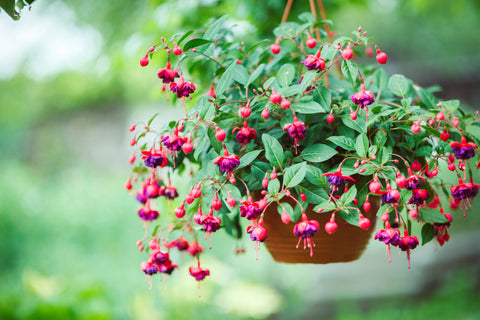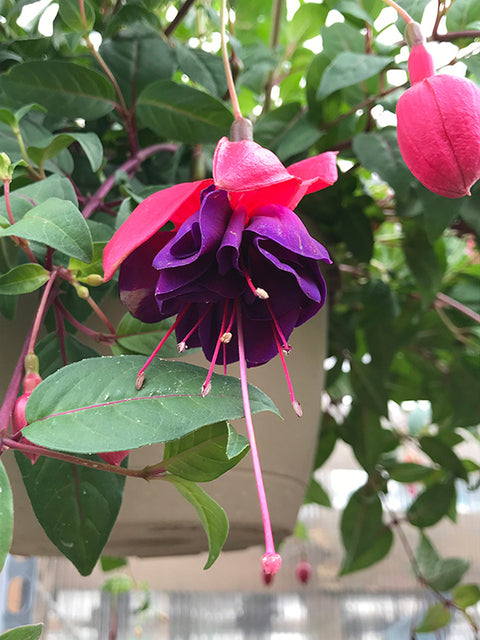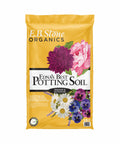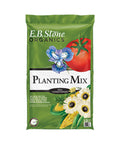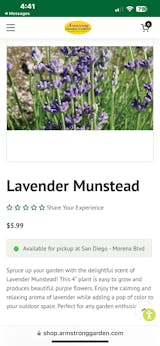Details
Fuchsias require occasional maintenance and upkeep, and should only be pruned after flowering to avoid removing any of the current season's flowers. It is a good choice for attracting butterflies and hummingbirds to your yard. Gardeners should be aware of the following characteristic(s) that may warrant special consideration:
- Insects
Fuchsia is recommended for the following landscape applications:
- General Garden Use
- Container Planting
- Hanging Baskets
Features
Fuchsia features dainty nodding frilly flowers at the ends of the branches from mid summer to early fall, which emerge from distinctive red flower buds. It has green foliage. The pointy leaves remain green throughout the winter. The fruit is not ornamentally significant.
Care
Planting & Growing
Fuchsia will grow to be about 12 inches tall at maturity, with a spread of 24 inches. It tends to fill out right to the ground and therefore doesn't necessarily require facer plants in front.
This annual does best in partial shade. It does best in average to evenly moist conditions, but will not tolerate standing water. It is not particular as to soil type or pH. It is somewhat tolerant of urban pollution. This particular variety is an interspecific hybrid. It can be propagated by cuttings; however, as a cultivated variety, be aware that it may be subject to certain restrictions or prohibitions on propagation.
Fuchsia makes a fine choice for the outdoor landscape, but it is also well-suited for use in outdoor containers and hanging baskets. It is often used as a 'filler' in the 'spiller-thriller-filler' container combination, providing a mass of flowers against which the thriller plants stand out. Note that when grown in a container, it may not perform exactly as indicated on the tag - this is to be expected. Also note that when growing plants in outdoor containers and baskets, they may require more frequent waterings than they would in the yard or garden.

